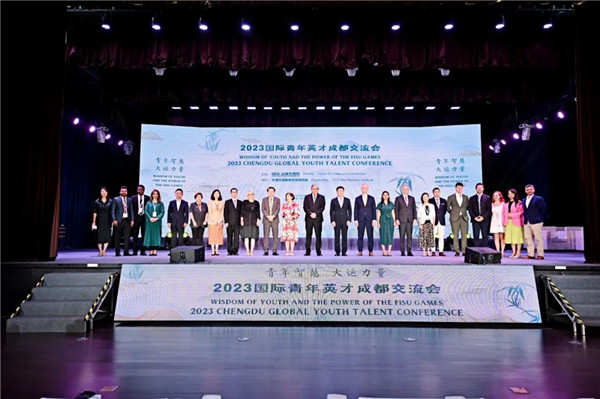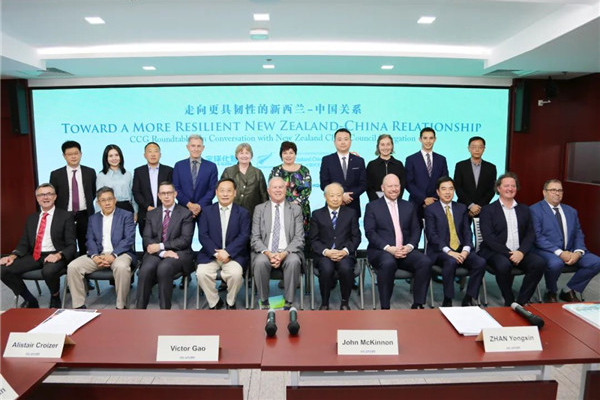CCG “One Belt, One Road” Seminar Series Explore New China-ASEAN Cooperation Opportunities
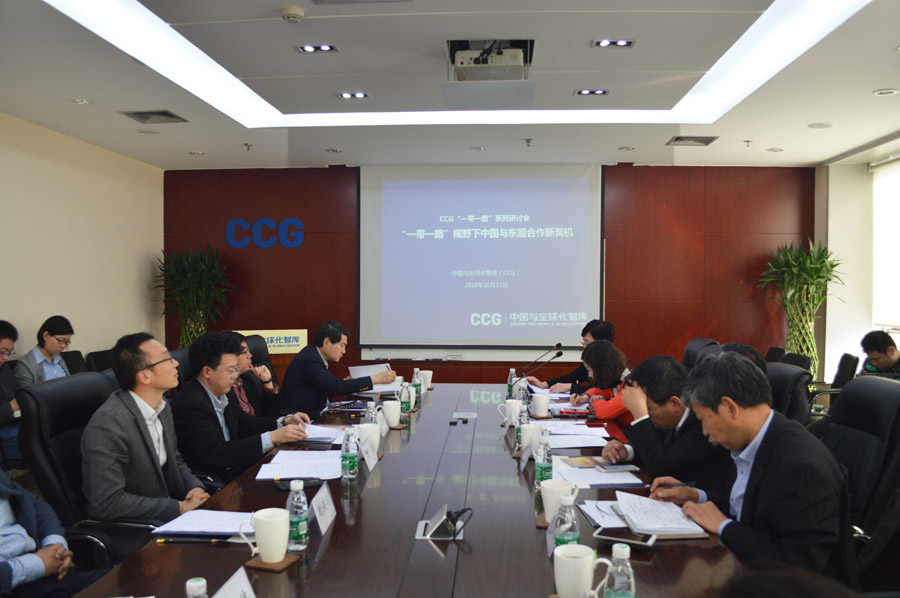
The latest “One Belt, One Road” seminar held by CCG on Oct. 11 focused on the prospect of China-ASEAN cooperation. Seminar attendants including scholars and government officials call for measures being taken to bring the bilateral relations to a higher level.
The Year of 2016 marks the 25th anniversary of China-ASEAN’s official dialogue. In the past three years since the “One Belt, One Road” national strategy was initiated, the bilateral cooperation has expanded considerably and at the same time provides vast opportunities for both ASEAN members and many of China’s coastal provinces.
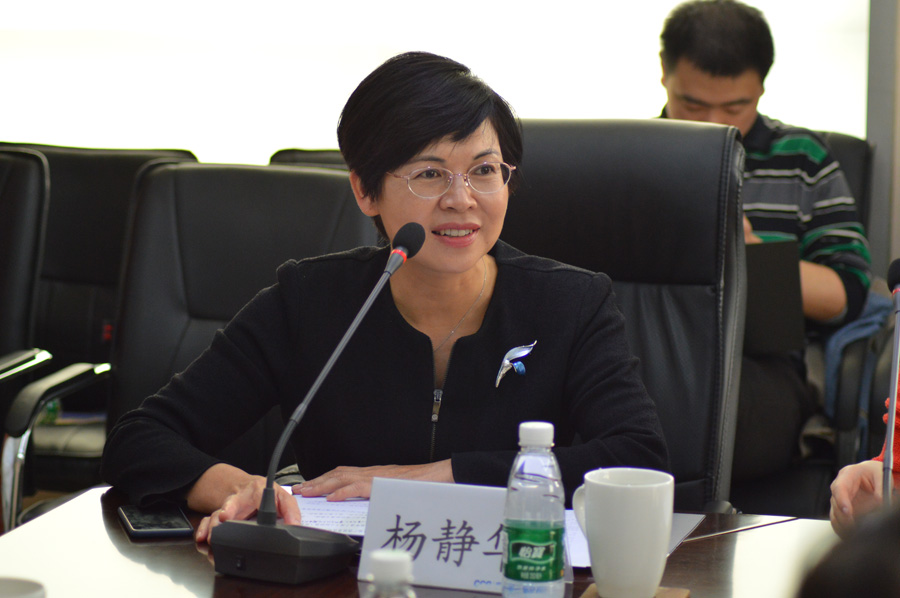
Director of Guangxi Investment Promotion Agency, Mrs. Yang Jinghua introduced the opportunities and challenges that “One Belt, One Road” initiatives present to Guangxin-ASEAN relations. Following the guidance of the central government, Guangxi Province is building itself as a China’s access to ASEAN and pivot of regional development in Southwest and Mid-South of China. Guangxi Province is proactively participating in the building of the Silk Road Economic Belt and 21st Century Maritime Silk Road. In recognition of its weaknesses and under-development in transportation, industry capacity, and international cooperation, Guangxi is seeking industrial upgrading, trade promotion, and logistic service capacity expansion with international partners, very promisingly through cooperation with ASEAM countries.
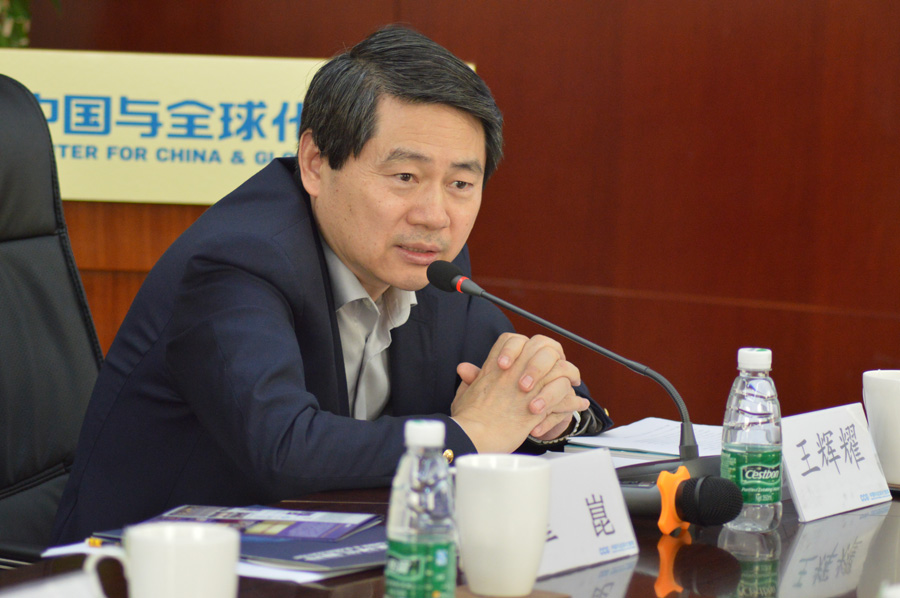
CCG President Wang Huiyao emphasized the importance of China-ASEAN relations in the new era of “One Belt, One Road” initiatives. By the end of May, 2016, bilateral investment has reached USD 160 billion. China has become ASEAN’s biggest trade partner, and ASEAN is the 3rd largest trade partner of China. Wang highlighted that the large number of overseas Chinese in ASEAN countries as the most important asset for bilateral cooperation. He proposed to strengthen trade, tourism, education, talent development and think tank cooperation and promote free trade zone development and public diplomacy to further build up bilateral cooperation.
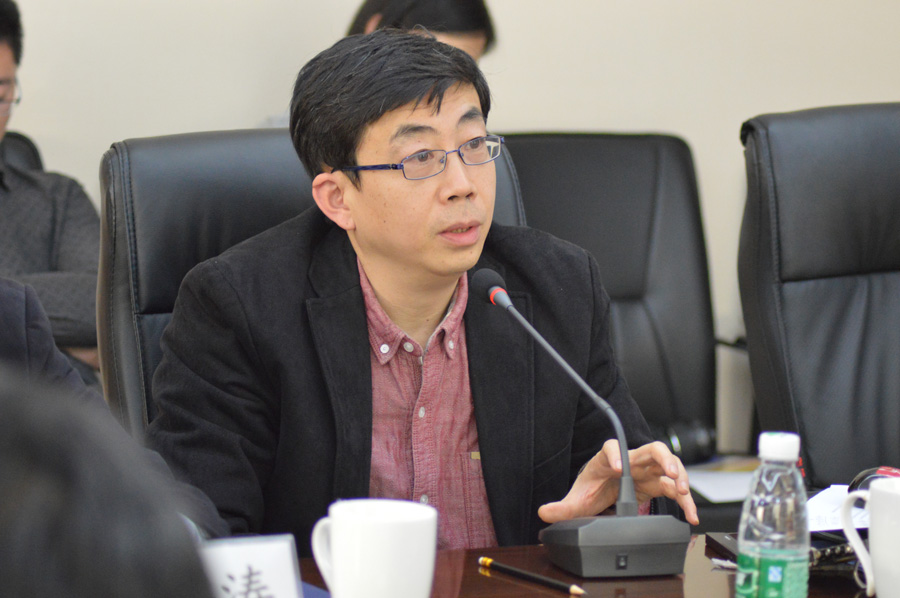
Professor of School of International studies at Beijing University and CCG research fellow Zhai Kun provided an analysis about China-ASEAN cooperation from a strategic perspectives. He noted that Malaysia, Singapore, Thailand and Indonesia are leading ASEAN countries in terms of policy communications, connectivity, trade relations and public relations with China, followed by Vietnam, Cambodia and Laos. Zhai proposed a “One Belt, One Road 2.0” action plan that includes a roadmap on how to move forward China-ASEAN cooperation in the next five years. He also identified some missing blocks in the current “One Belt, One Road” initiatives such as the lack of connection with Europe and America.
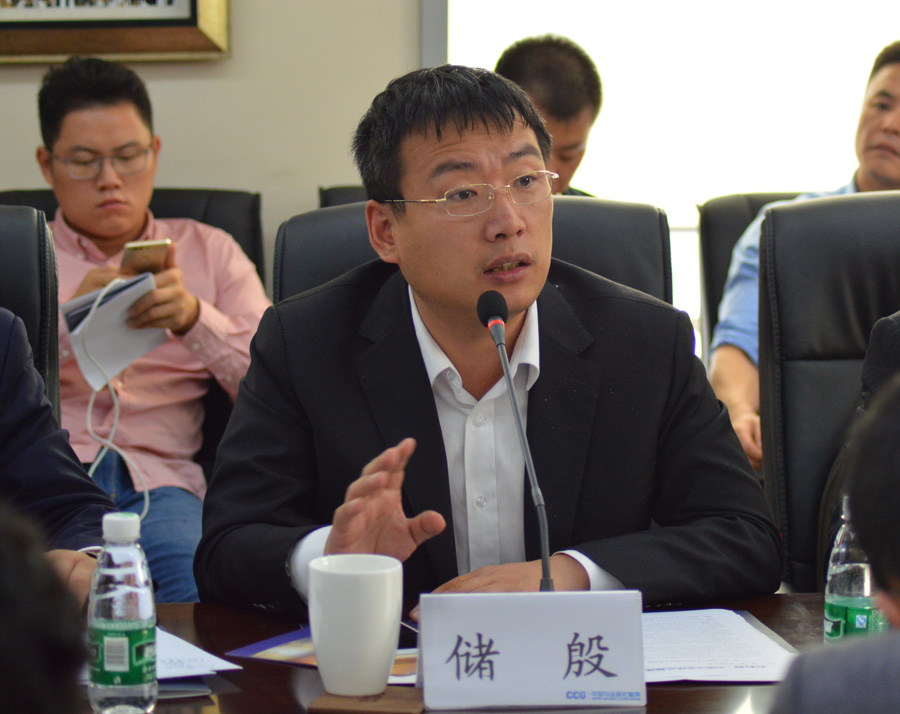
Associate Professor of University of International Relations and Deputy Director of CCG’s “One Belt, One Road” Institute Chu Yin shared his insight about how to fully explore the trade potential with each ASEAN member state in the areas including real estate, infrastructure and energy facilities, healthcare, tourism, education, transportation and food & beverage industry.
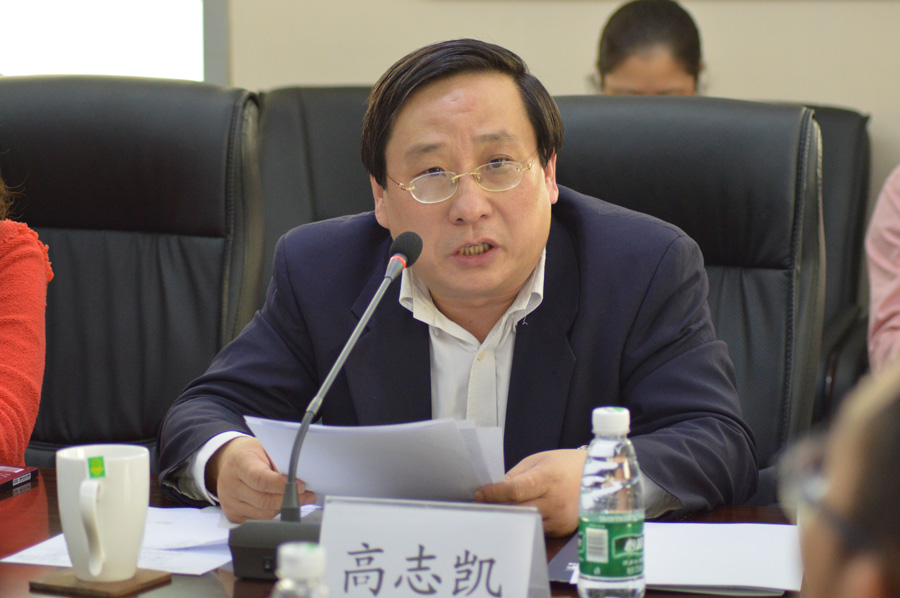
From the point of view of business cooperation , Vice President of Sino-Europe United Investment Co. Ltd. Gao Zhikai called for more research on the compatibility between Guangxi Province and ASEAN countries and how the rest of China to use Guangxi as a platform to enable resource sharing and exchange between China and ASEAN countries. He also suggested to form sister cities and establish a China-ASEAN university to achieve this goal.
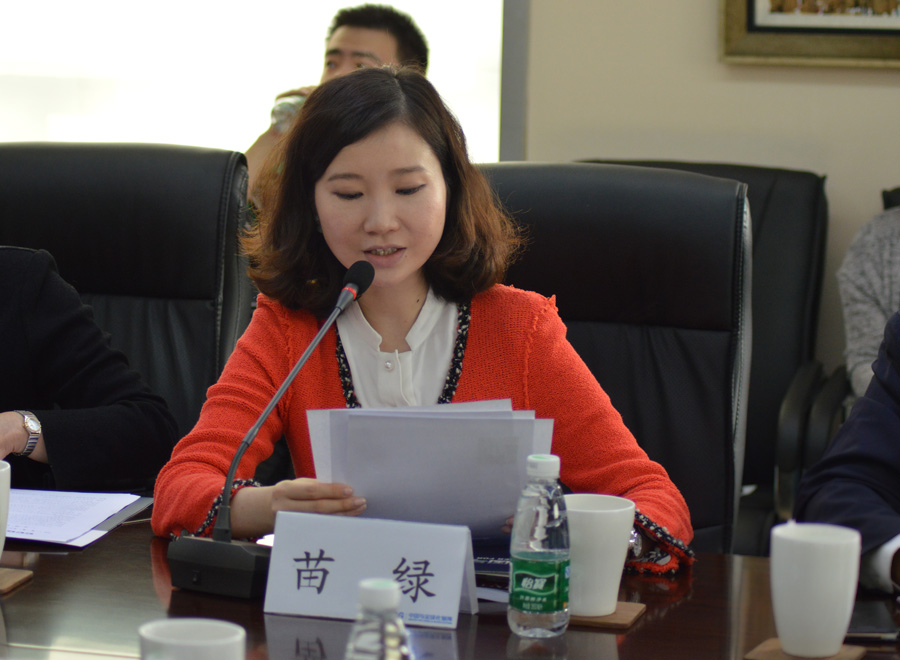
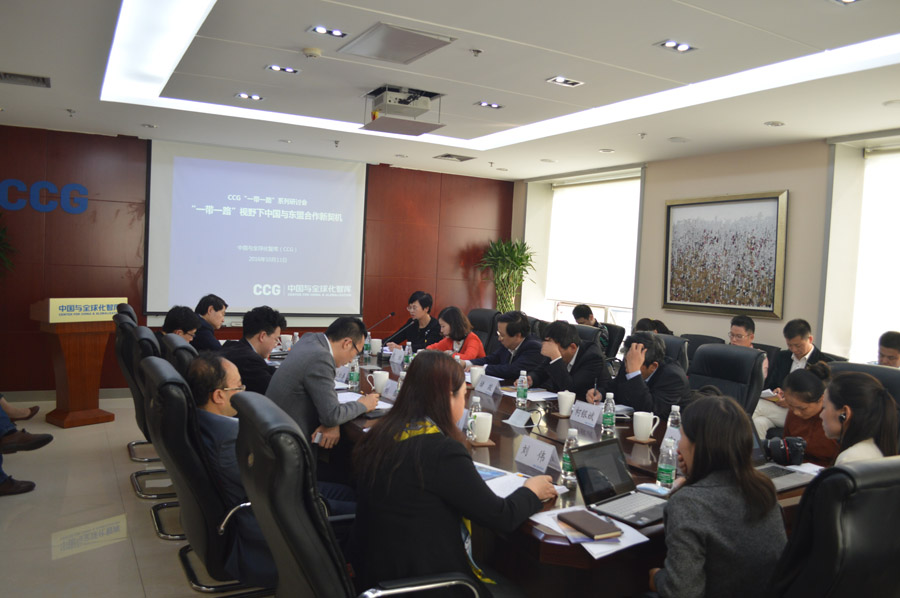
LocationBeijing

